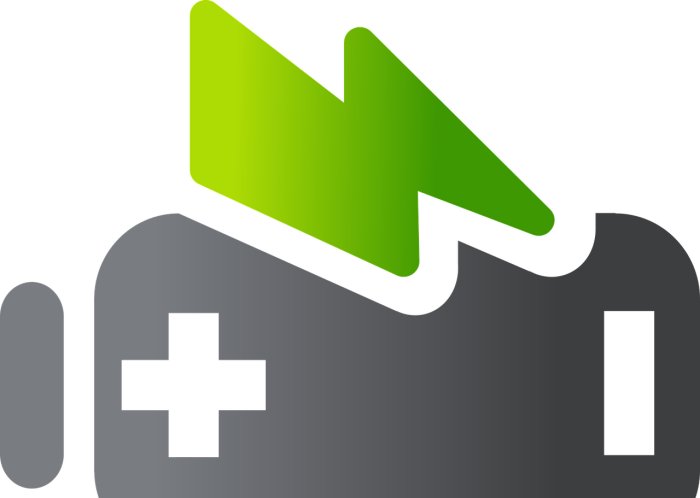
Image: samfabersf
Standards Australia announced the adoption of an international battery standard last week, part of a larger plan to help ensure Australian consumers are protected as the home energy storage market grows.
The development of battery standards in Australia hit significant resistance earlier this year after draft standard AS 5139 “overkill” requirements that would have put the technology out of reach of many Australians – including lithium-ion batteries needing to be installed in a separate enclosure as a safety measure.
Standards Australia was bombarded with submissions on the draft. Among those was an argument from Clean Energy Council, which stated that if products met an agreed upon set of appropriate international product safety standards and were installed by accredited installers following clear guidelines, a separate battery enclosure should be should not be required.
Resistance was such that Standards Australia decided to pause development of some aspects of the standard and a roundtable with stakeholders was held in September to discuss the contentious issues.
As a result of those discussions and further work by Standards Australia, AS IEC 62619:2017, Secondary cells and batteries containing alkaline or other non-acid electrolytes – Safety requirements for secondary lithium cells and batteries, for use in industrial applications, has been adopted. Standards Australia says IEC 62619:2017 was found to be suitable for application in resident and commercial battery systems in Australia.
The standard is only one part of what has turned out to be a rather difficult puzzle for Standards Australia to complete.
“We will continue to adopt international standards wherever we can,” said Standards Australia CEO Dr Bronwyn Evans “Where no standard exists, we will continue to consult with our stakeholders and the wider Australian community to develop Australian Standards with the end user front of mind.”
The Clean Energy Council’s Director of Smart Energy, Darren Gladman, explained the significance of AS IEC 62619:2017.
“Consumers can be assured that battery products which meet this standard have an outstanding record of product safety in Europe, a leading market where tens of thousands of battery units have already been installed.”
In June this year, the CEC requested battery suppliers that have tested their products to IEC 62619 standards to share the information with the Council as part of its efforts to include solar energy storage solutions on its Approved Products List.
Last week we reported 164 solar power systems had a concurrent battery storage installation during November in Australia, nearly double the number in October and also a higher figure than September.

 RSS - Posts
RSS - Posts



It’s reassuring news tha SA finally got it right after scaring the pants of everybody with their over the top draft report which had no basis in fact or support from anyone either in the battery industry or consumer groups. This begs the question how or who hijacked the process in the first place and how were they allowed to get their agenda as far as it did. Were they hoping to slip the draconian proposals in under the cover of darkness trusting no one would be paying attention. In my eyes certainly this exercise has done SA no credit.
Having sat on SA standards committees for around a decade, I can confirm that the ‘industry member’s motivation for participation in these committee sometimes has to be questioned.